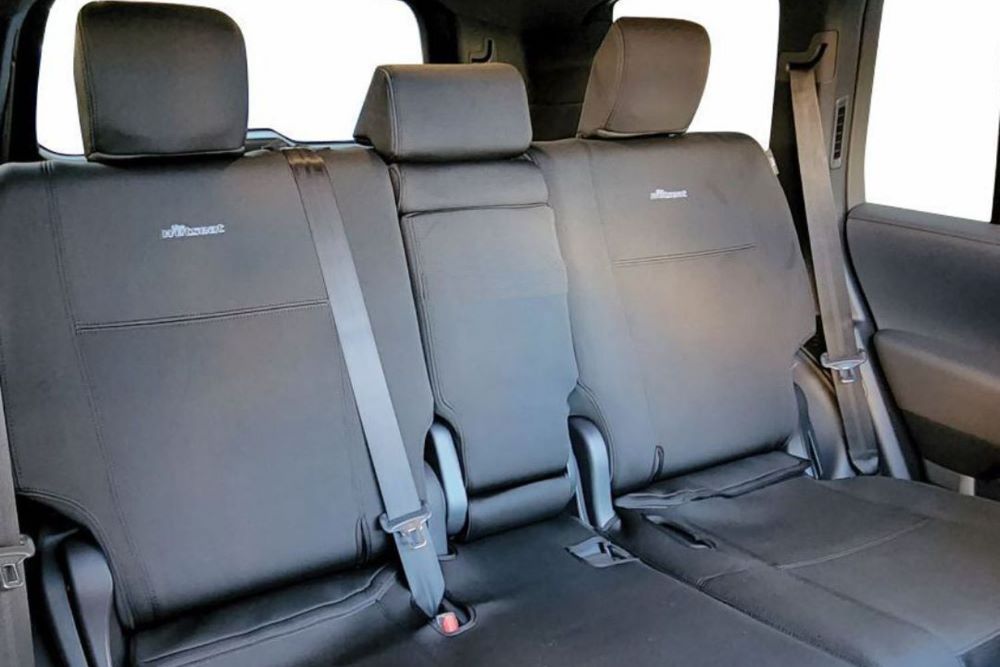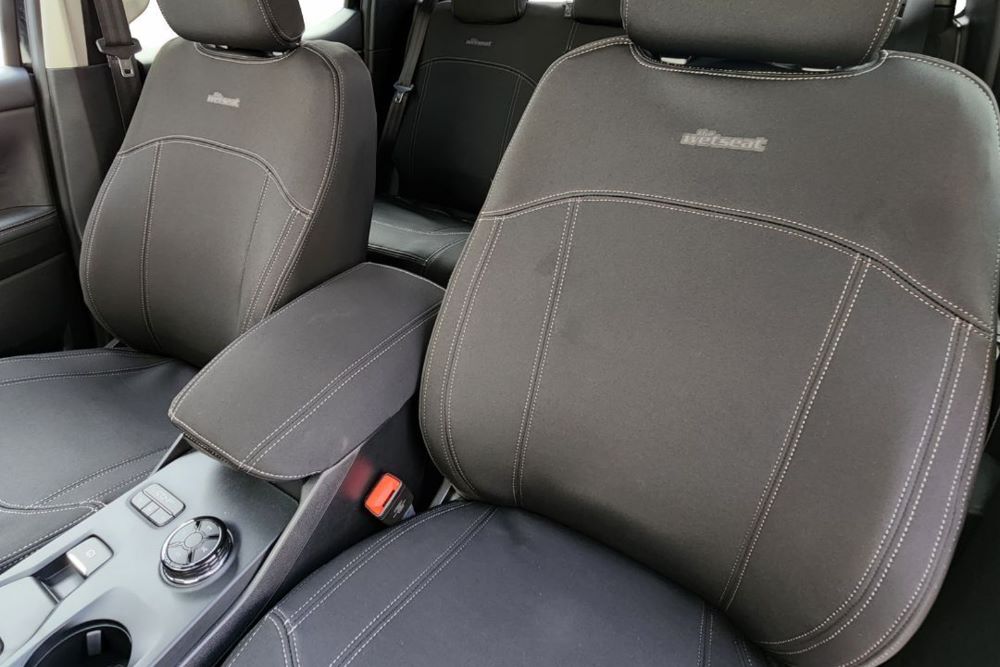Canvas or Neoprene? Choosing the Best Car Seat Cover Material for Your Needs
Picking out car seat covers might seem like one of those small decisions until you actually sit down and think about how much time you spend in your car. Whether you are hauling gear, carting kids around, or road-tripping up the coast, your seats take a beating. However, with the right car seat covers, your vehicle’s interior will look new for a very long time.
Two of the top contenders, canvas and neoprene, offer very different experiences. Understanding how each material performs in real-world conditions can save you money, hassle, and a whole lot of cleaning in the long run.
Why Your Seat Material Actually Matters
Life gets messy, spilled coffee, muddy boots, salty beach towels, sweaty gym gear, it all ends up on your seats eventually. The right seat cover acts like a bodyguard for your upholstery, blocking stains, shielding against UV damage, and handling whatever chaos your daily routine throws at it.
More than that, covers add a layer of comfort and personal touch. But not all materials are created equal. Choosing one without thinking it through is like wearing hiking boots to a wedding.
Canvas: The Heavy-Duty Option
If your car sees more dust than daylight, canvas should be high on your radar. Built to take abuse, canvas covers are tough, tightly woven, and designed to handle hard work. We are talking tools on the back seat, dogs after a hike, or sandy gear from a day on-site, canvas shrugs it off without a fuss.
Durability aside, canvas is great at keeping things breathable. On those blazing summer days, it won’t trap heat the way some synthetics do, which is a bonus if your car lives in the sun. And while it is not totally waterproof, most canvas covers are treated to fend off light spills and moisture. For tradies, weekend warriors, and anyone who treats their 4WD like a second home, canvas is a no-brainer.
Neoprene: For When Life Gets Wet and Wild
If you have ever worn a wetsuit, you already know what neoprene brings to the table. This synthetic material is inherently water-resistant, making it a solid pick for anyone living by the ocean, braving rainy commutes, or ferrying around wet kids after swimming lessons.
What really sets neoprene apart is its comfort. Also, it has got a bit of give, a soft finish, and fits snugly to your seats, giving a clean, almost tailored look. It does not just sit there, but hugs your car’s interior. Add in excellent UV protection, and it is easy to see why neoprene is popular with drivers who want protection without sacrificing style.
On the downside, neoprene can hold onto heat. If your car bakes in the sun, you might feel it when you first sit down. But with modern designs including ventilated panels, that problem is not as bad as it used to be.

Maintenance and Longevity Considerations
Neither option is high-maintenance, but they do have their quirks. Canvas is low-fuss, give it a quick vacuum or brush-off, and you are good to go. Even under heavy use, it tends to hold its shape and look pretty well.
Neoprene might need a bit more attention, especially in humid climates where moisture can sneak in. A wipe-down with a damp cloth usually does the trick, though, and it handles stains better than most fabrics.
Final Thoughts
As you can see, each material has something unique that it offers, so it really comes down to what kind of life your car leads. If it is all grit, grime, and gear, canvas will have your back. However, if you are more about comfort, style, and splash-proofing, neoprene is well worth considering.
The good news is that you are not likely to go wrong with either. Pick the one that suits how you drive and how you live, and you will get years of protection.
